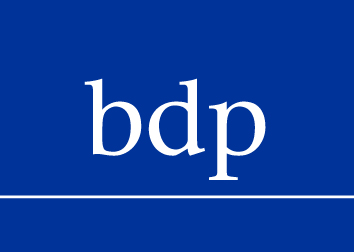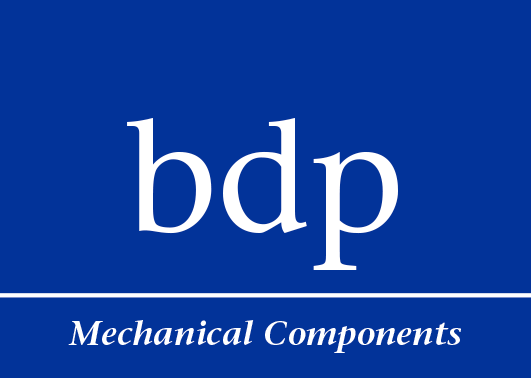Special Edition Newsletter:
By: Fang Fang
7 mistakes you should avoid when sourcing from China
As a company, sourcing goods from China can go like this:
- Chinese suppliers have presented you with perfect samples, so-called «golden samples», but in mass production, the quality of the final product is suddenly significantly lower
- You are offered low-cost production processes, but in the end the total cost surprises you
European Companies often have neither the expertise nor the time to find Chinese producers and manage them accordingly from Europe. So near-sourcing is still doable, but it can get quite tricky when it comes to far-sourcing.
Thus, this article presents seven mistakes you should avoid when sourcing from China.
Mistake No. 1 – Inaccurate product descriptions and specifications
Unfortunately, your requests and design ideas may ultimately differ from the final product. Therefore, you should send suppliers 2D and 3D drawings of the raw and finished parts and the quality assurance agreement (QAA). In addition, if you have a defect catalog and packaging instructions, you should provide these to the supplier. This way, you can get a realistic quote. Ideally, you would also send sample parts to the suppliers to let them know what quality you expect.
Mistake No. 2 – Lack of knowledge about the Chinese total production costs
It is essential that you, as a customer, not only focus on unit prices but also keep an eye on total costs. Total costs include quality, service, and delivery costs. It is also important that the calculation considers key costs such as tooling, mold and fixture costs, batch sizes, as well as sea freight costs, and exchange rate fluctuations. A good step is to get a cost breakdown from the supplier to see all costs at a glance.
Mistake No. 3 – The supplier has little experience in carrying out similar projects
The selection of the suppliers must also be based on their experience in manufacturing similar components to those you need. This experience includes developing similar products in the area of models and manufacturing, as well as process control. Some issues can be easily overlooked in the development and sampling phase, which can become a challenge in volume production, cause delivery delays, or even cause the project to fail.
Mistake No. 4 – Not paying enough attention to the supplier audit
The supplier audit is central to the process steps to avoid unforeseen problems in the course of the cooperation. Without this audit, cooperation between both parties can become very troublesome.
During the audit, check the basic information about the suppliers, such as the size, sales, and your reference products, but also the customers – for example, which foundry process or machining process the supplier uses. You should also find out if there are any plans to outsource specific processes.
Please note that the new German supply chain law, which will be valid from 2023, also requires appropriate compliance in China.
Mistake No. 5 – Communication is limited to correspondence only
Several joint video conferences should be held throughout the process, from technical analysis, producer determination, model production, sampling, and pre-production to series production. Depending on the complexity of the project, the frequency of contacts may vary.
The joint video conferences are predominantly about finding clear problem definitions as well as proposed solutions and working through them.
Mistake No. 6 – Communication errors
Language barriers repeatedly lead to communication errors. Communicating with Chinese suppliers takes work. Unfortunately, only a few Chinese engineers speak really good English. Therefore, it isn’t easy to give them a concrete idea of a product in English and to implement one’s own project on-site.
Mistake No. 7 – The lack of production monitoring
To avoid significant problems in series production, you should hold production monitoring at the supplier’s site. Before you ship the components from China to your place, make sure that a final inspection takes place. This inspection should be carried out on-site, preferably with your own personnel, so there are no difficulties when you receive the goods.
If you have any further questions on the subject of «Procurement from China», please do not hesitate to contact us at sales@bdp-mc.com. Our bdp Mechanical Components Team will be happy to advise and support you.


